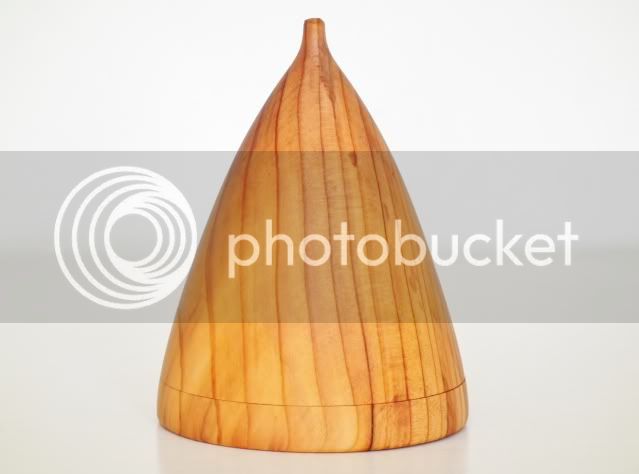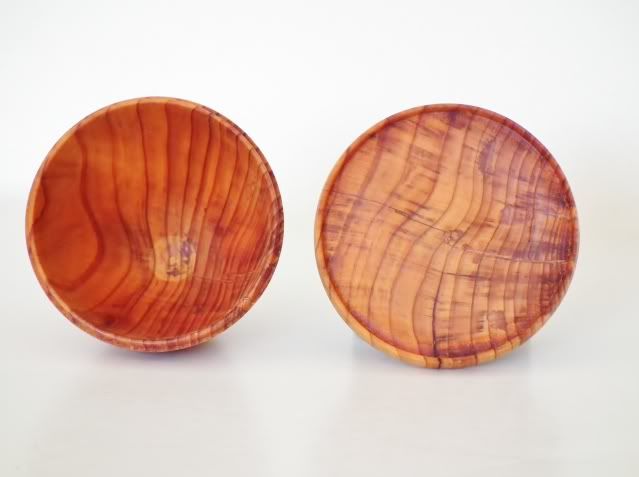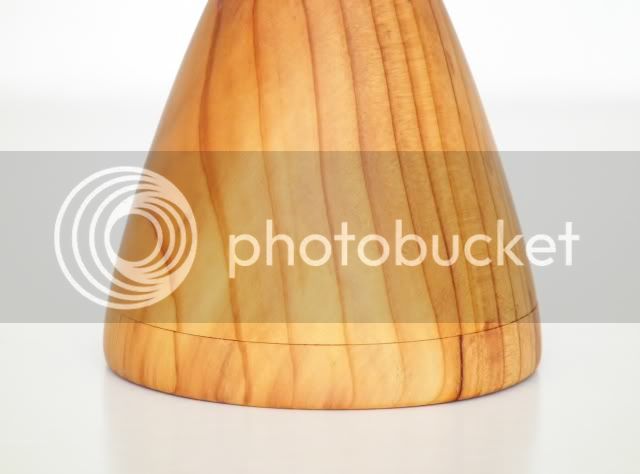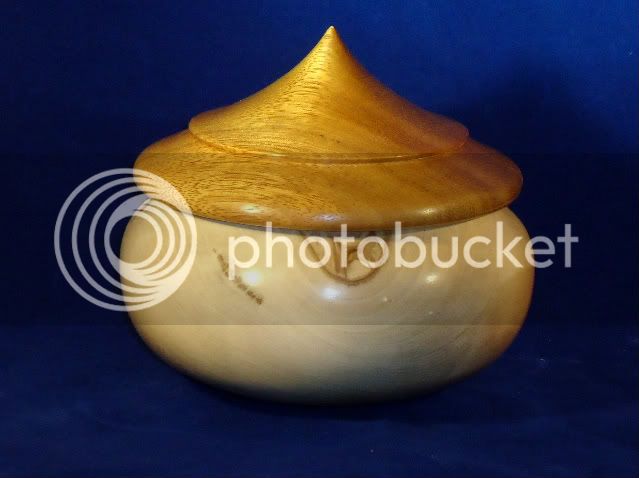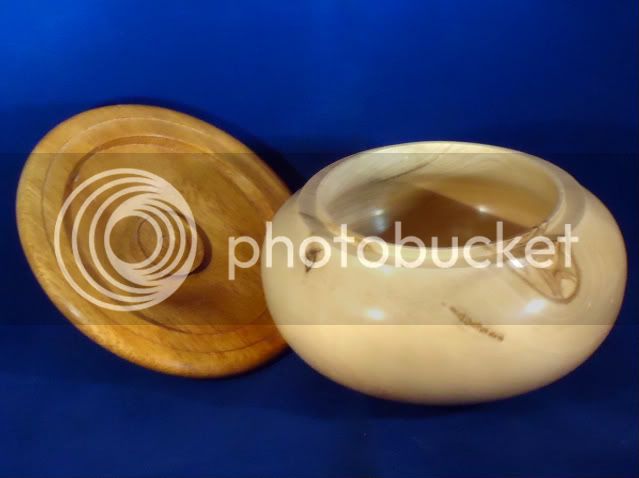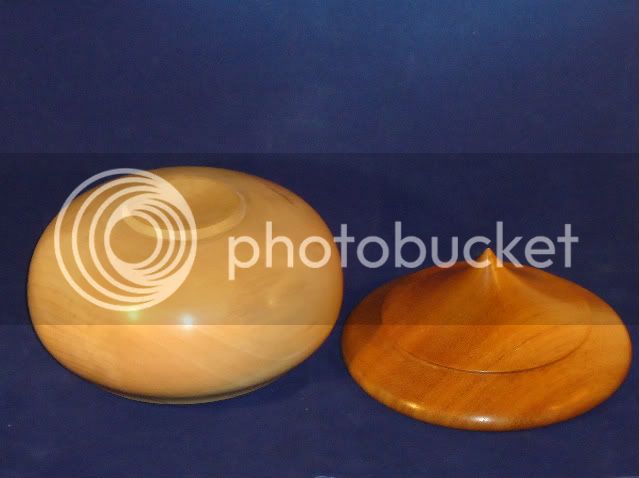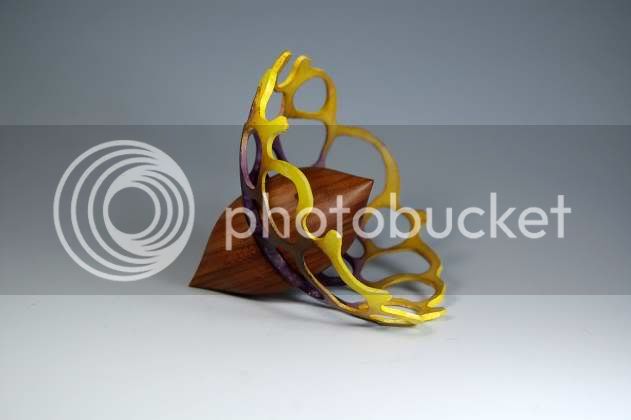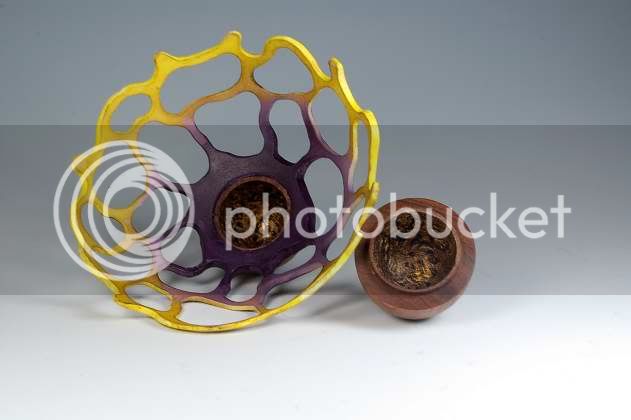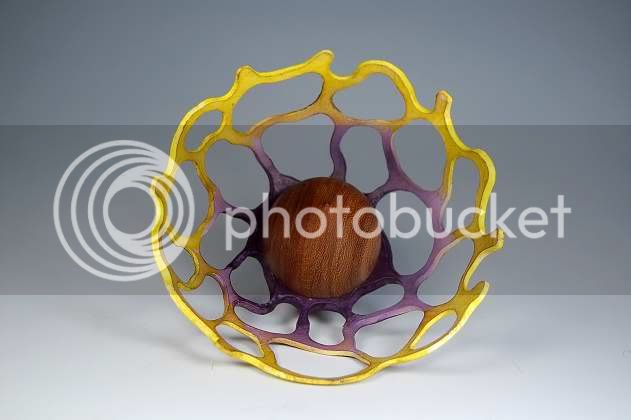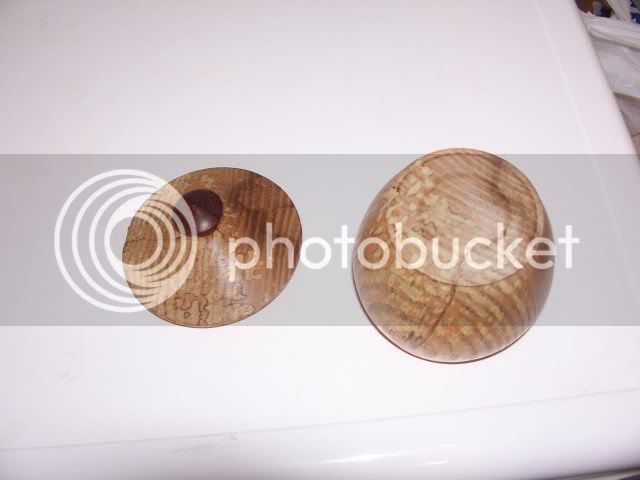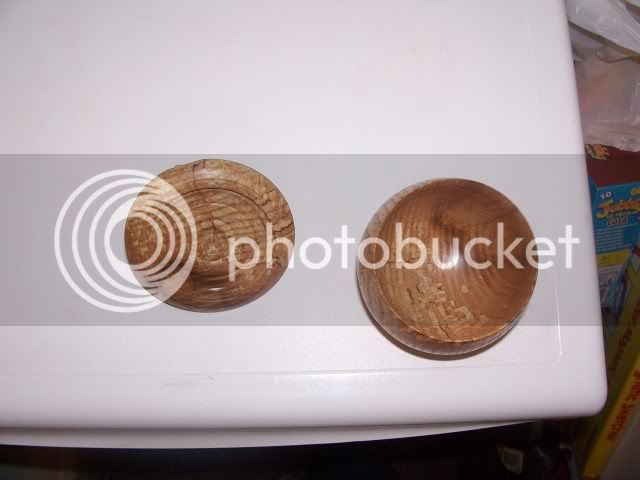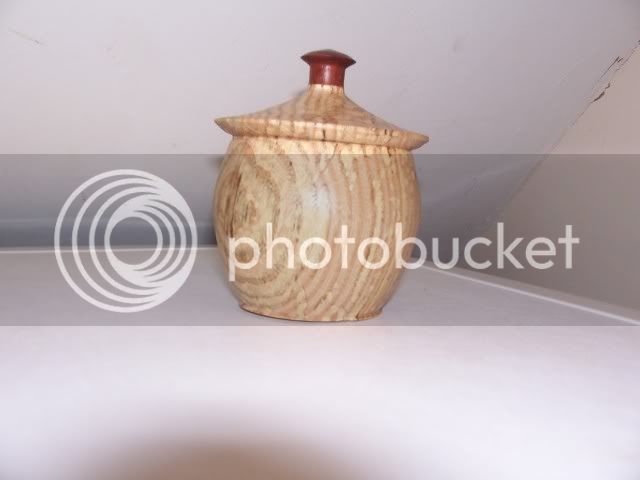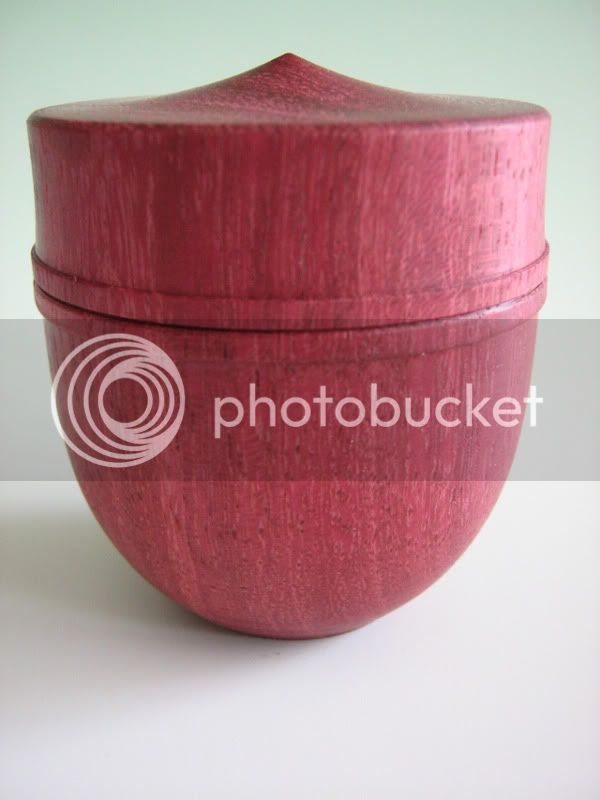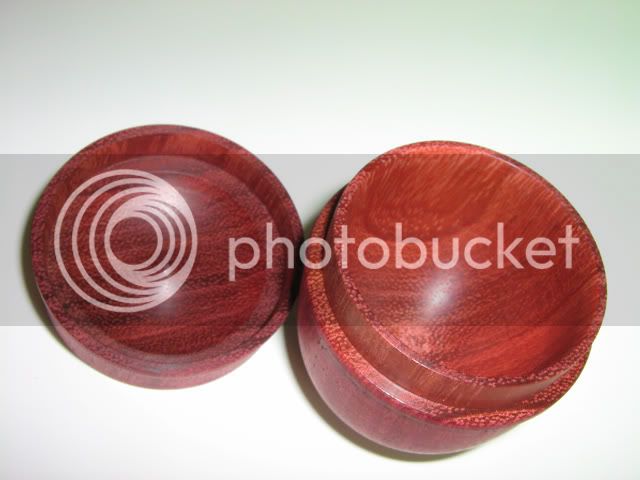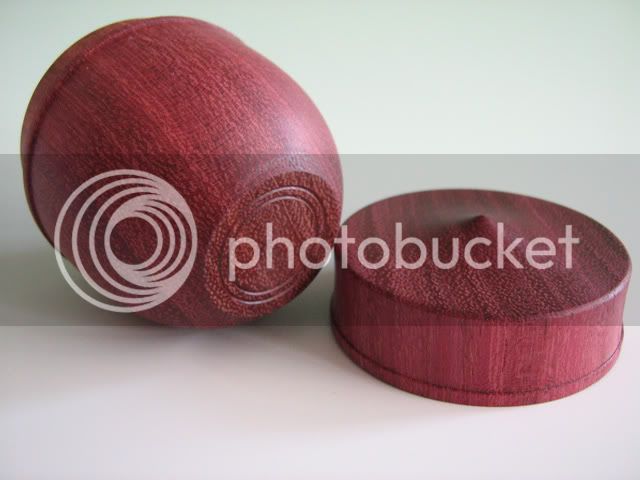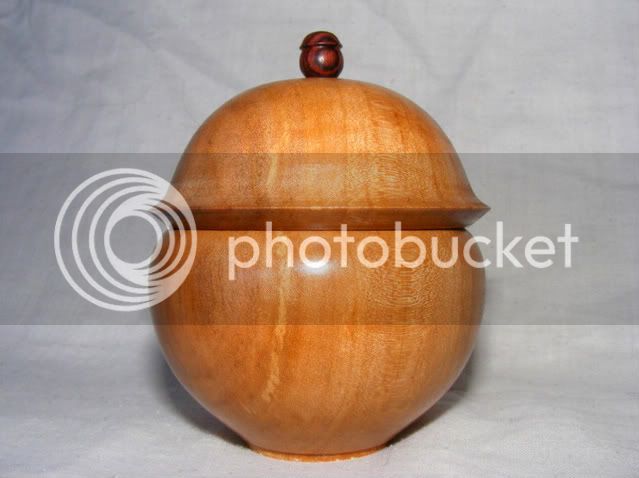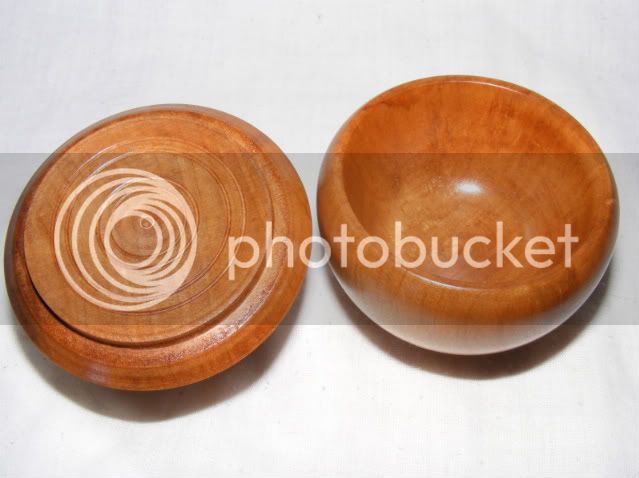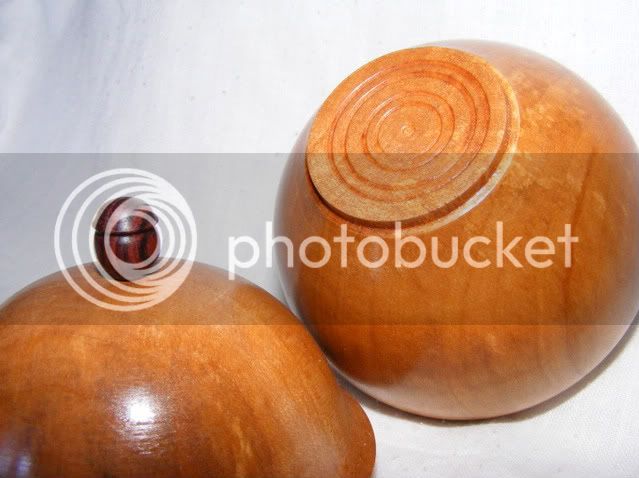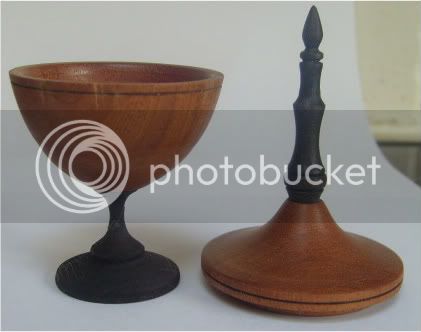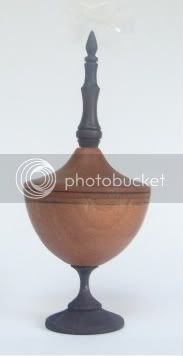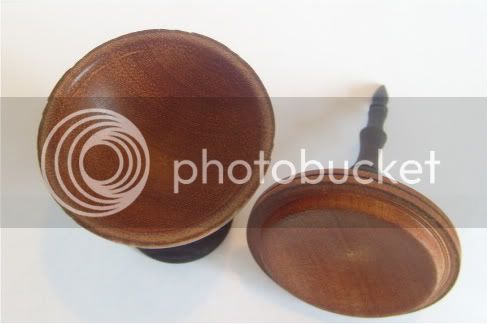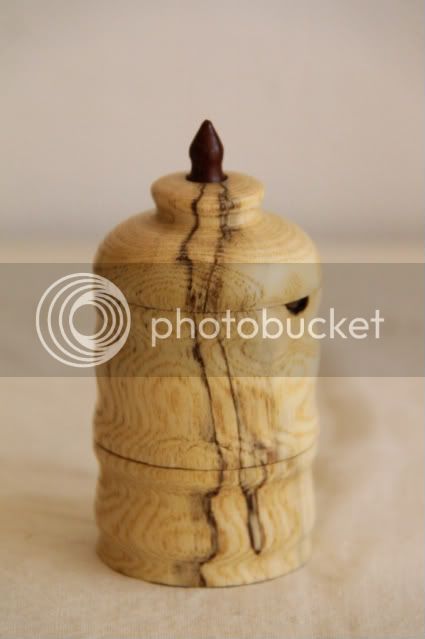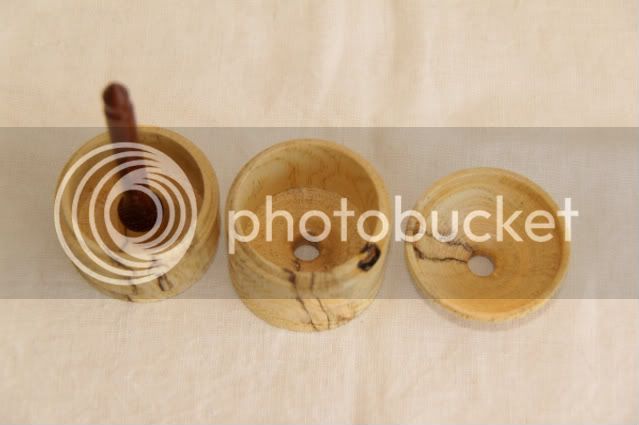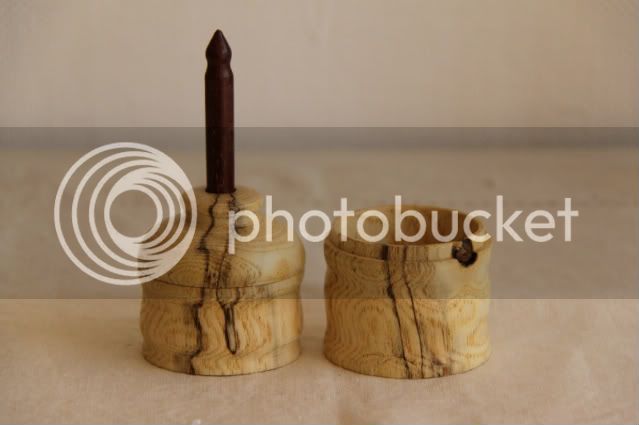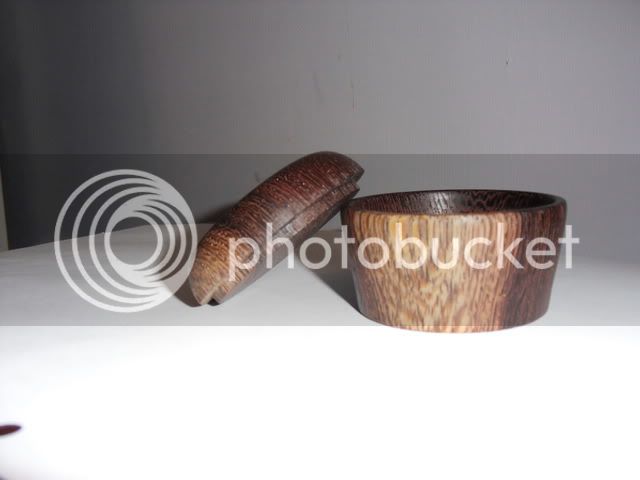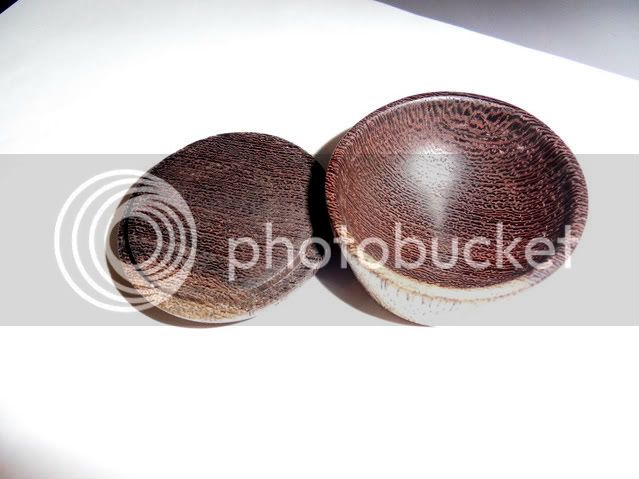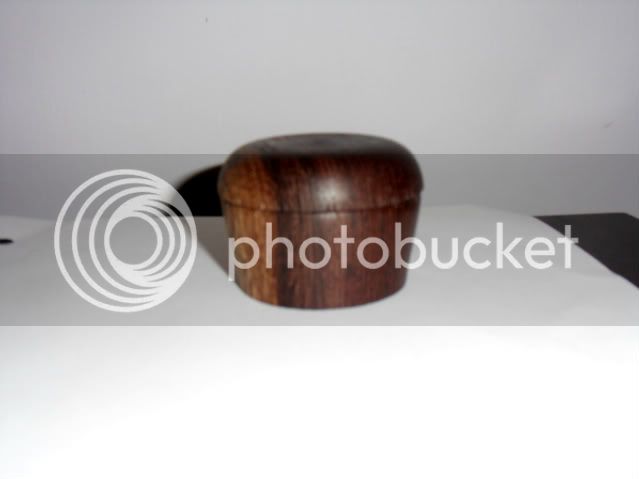June Box Challenge ( Rules and Requirements )
Our Judge for June will be George ( Thanks George )
The Monthly challenge for June is to produce a BOX
Turning boxes can be a source of considerable satisfaction because they require a certain degree of skill.
There is the challenge of creating a satisfactory design, making a well fitting lid
( lid should stay on when the box is turned upside down ) and finishing the box to the level required for an object which is likely to be treasured by its owner
Any wood type
Up to 3 different wood types will be allowed , but not multiple segmented work
Any design
Can have a threaded ( if you have the tools and ability ) or push fit lid , I will ask George not to favor boxes with threaded lids as not everyone has the required tools
NO Critique or comments on any work until July Please, After the Judging and results.
Please state item size, width and height and wood type if known and a little about how you made it and what finish you used (this helps the judge)
The Judges decision is final.
Please post 3 images of your work
1 side profile with lid fitted
1 looking down inside the box with the lid next to the box inverted so the judge can also see the finish inside the lid
1 close up of a part / design element you are particularly proud of
Image size please use image size 640 x 480 0.3 mp, same as previous months
Please notify me your entries are ready by 10 pm on the 25th June after this time the thread will be locked
Entry’s to be uploaded from 10pm on 25th June up until 10pm on the 27th June after this time the thread will be locked for Judging
Results will be given on or before 30th June
Holidays
If you are going to be away when its time to post up your entries please either send them to me or Chas and we will upload for you so you don’t miss out on judging
Have fun and think safety. Allen
Our Judge for June will be George ( Thanks George )
The Monthly challenge for June is to produce a BOX
Turning boxes can be a source of considerable satisfaction because they require a certain degree of skill.
There is the challenge of creating a satisfactory design, making a well fitting lid
( lid should stay on when the box is turned upside down ) and finishing the box to the level required for an object which is likely to be treasured by its owner
Any wood type
Up to 3 different wood types will be allowed , but not multiple segmented work
Any design
Can have a threaded ( if you have the tools and ability ) or push fit lid , I will ask George not to favor boxes with threaded lids as not everyone has the required tools
NO Critique or comments on any work until July Please, After the Judging and results.
Please state item size, width and height and wood type if known and a little about how you made it and what finish you used (this helps the judge)
The Judges decision is final.
Please post 3 images of your work
1 side profile with lid fitted
1 looking down inside the box with the lid next to the box inverted so the judge can also see the finish inside the lid
1 close up of a part / design element you are particularly proud of
Image size please use image size 640 x 480 0.3 mp, same as previous months
Please notify me your entries are ready by 10 pm on the 25th June after this time the thread will be locked
Entry’s to be uploaded from 10pm on 25th June up until 10pm on the 27th June after this time the thread will be locked for Judging
Results will be given on or before 30th June
Holidays
If you are going to be away when its time to post up your entries please either send them to me or Chas and we will upload for you so you don’t miss out on judging
Have fun and think safety. Allen




















